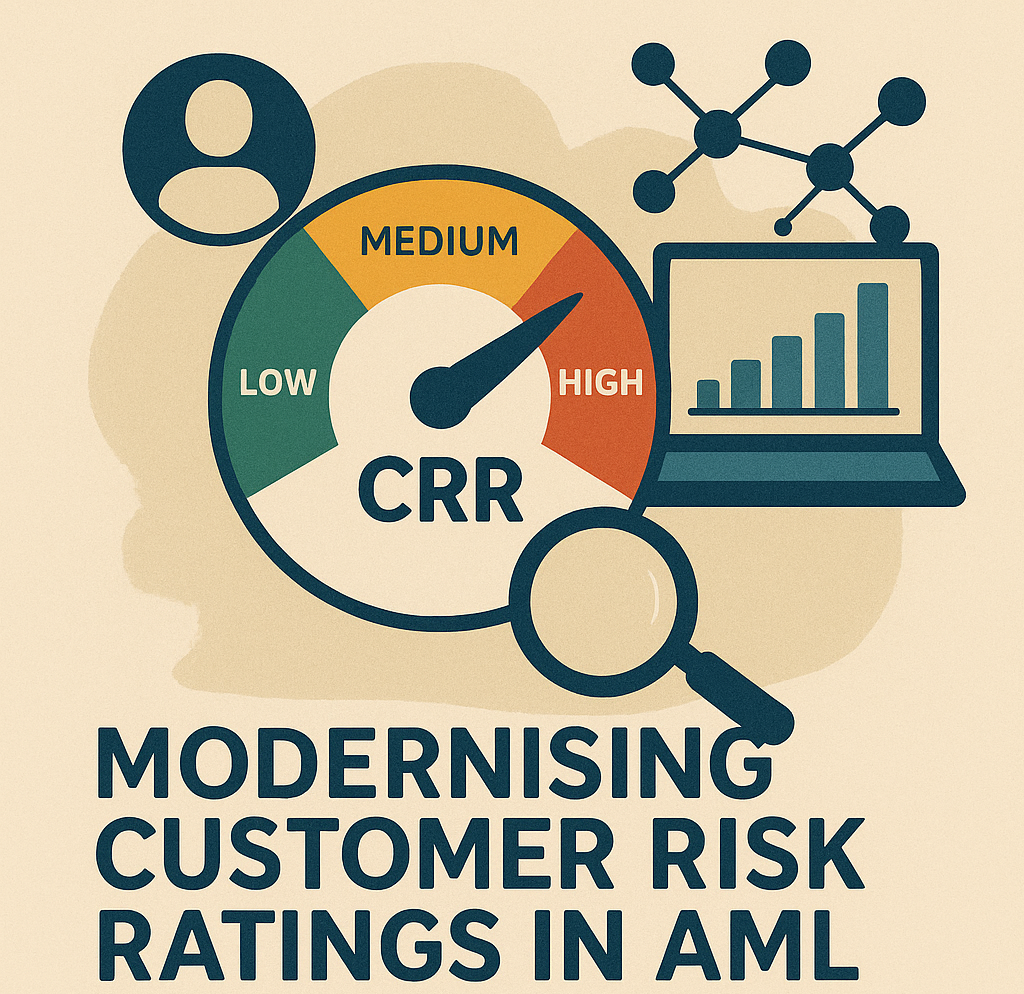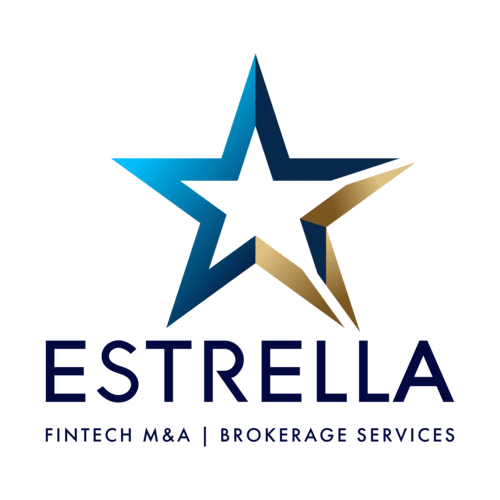
Customer Risk Ratings (CRRs) remain a foundational element of anti-money laundering (AML) and counter-terrorist financing (CFT) systems. Yet many financial institutions continue to rely on outdated models that hinder effectiveness, according to a recent report by Consilient in collaboration with Richard Hills of K2 Integrity.
Traditional CRR methods often rely on static customer data, manual scoring frameworks, and subjective human judgment. These outdated approaches lead to misclassified customers, operational inefficiencies, and heightened regulatory scrutiny. The UK’s Financial Conduct Authority (FCA) has already flagged concerns over oversimplified models, while FinCEN in the U.S. has taken enforcement action against poor risk assessment practices.
Consilient and Hills highlight that modern CRR frameworks must evolve to keep pace with emerging financial crime risks. By integrating behavioural data, machine learning (ML), and privacy-preserving collaborative analytics, institutions can build CRR systems that are smarter, more transparent, and better aligned with real-world customer behaviours.
Machine learning, in particular, offers a transformative shift. Unlike traditional CRRs, which often rely on periodic know-your-customer (KYC) data, ML models can continuously monitor dynamic behaviours—such as transaction activity, geographic movements, and relationship networks—to flag potential risk indicators more accurately. This real-time adaptability allows for consistent assessments, fewer false positives, and stronger compliance capabilities.
The benefits of advanced CRRs go beyond regulatory alignment. Done right, modern CRRs support efficient customer lifecycle management, helping financial institutions apply proportional due diligence while maintaining robust audit trails.
In an era of increasing complexity in financial crime, the shift toward ML-driven CRRs is no longer optional—it’s essential. Industry leaders are calling on institutions to leave legacy assumptions behind and embrace data-driven, adaptive solutions to stay ahead of threats.

